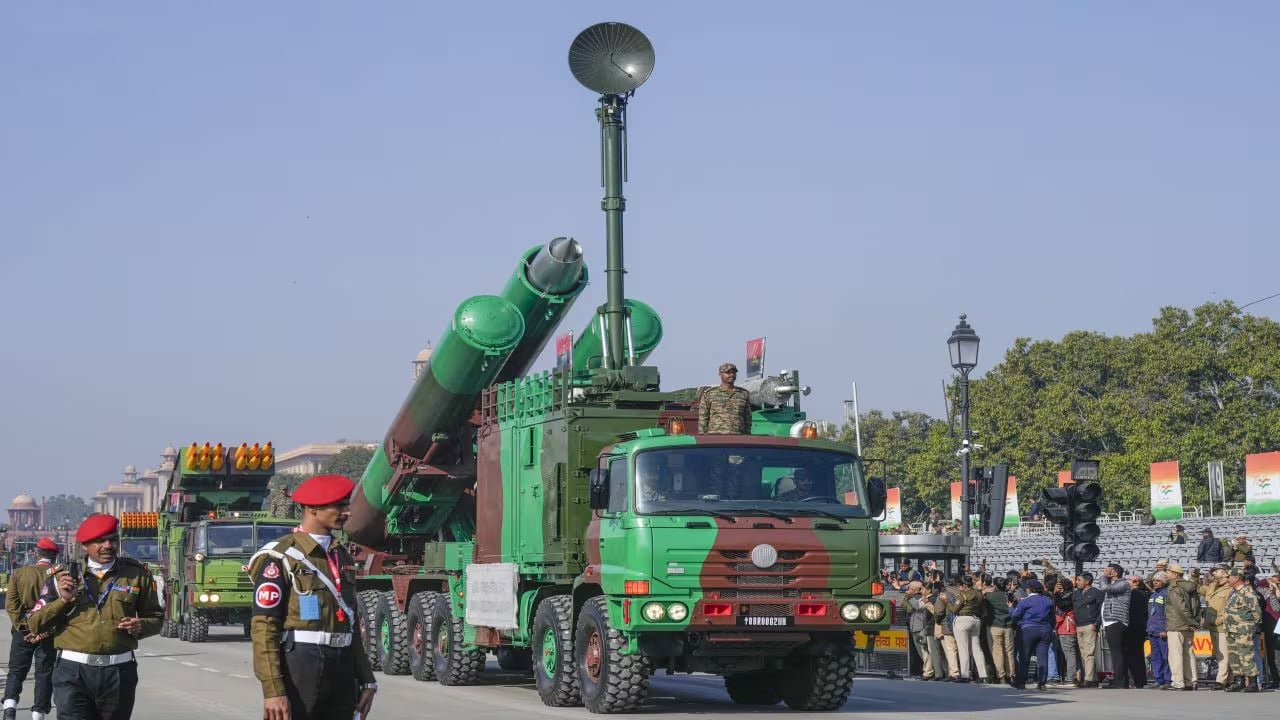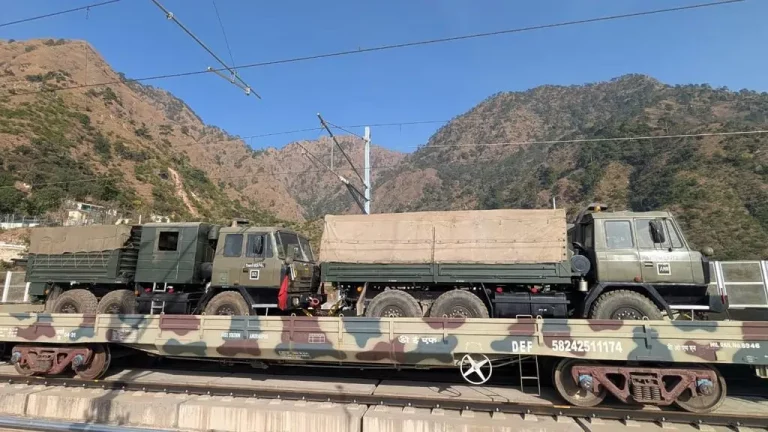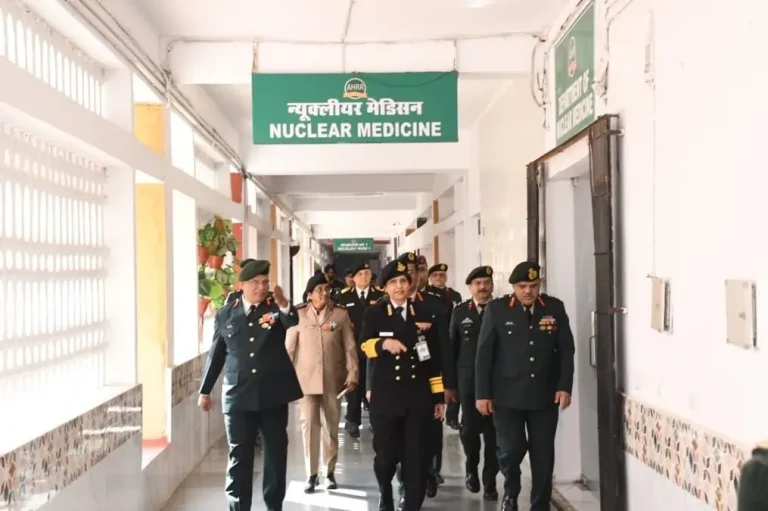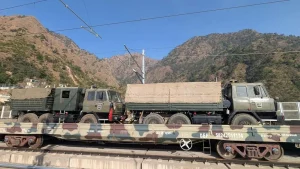India is poised to significantly boost its defense spending, elevating the expenditure from the current 1.9% of GDP to 2.5% as part of its upcoming five-year plan. This strategic move, articulated by Defense Secretary RK Singh during an exclusive interview with CNBC-TV18, underscores the country’s commitment to enhancing national security while developing domestic capabilities in critical sectors such as aerospace, defense manufacturing, shipbuilding, and missile systems.
Singh elaborated on the Ministry of Defence’s intentions to approach the 16th Finance Commission for additional funding to accommodate future defense requirements. He reassured that defense capital expenditure has not encountered budgetary constraints but has faced challenges in fully utilizing the allocated funds. “We did it last year and we are on track to meet our quarterly targets this year as well,” he emphasized.
In FY2025, India successfully inked two significant defense contracts amounting to ₹2 lakh crore, and Singh expressed the desire to maintain this momentum moving forward. He pointed out that by adopting a faster pace of expenditure, the Ministry could request additional funds during the revised estimate phase if necessary. This approach would be contingent on the industry’s capacity to absorb these funds and the Ministry’s ability to expedite procurement decisions.
A major focus of this increased spending is on domestic production, with 75% of the defense budget earmarked for domestic expenditure. This aligns with the government’s broader initiatives, namely the Make in India and Viksit Bharat 2047 missions, which aim to bolster self-reliance in defense manufacturing. Key investment areas will include land systems, munitions, shipbuilding, and aerospace.
To bolster the development of indigenous capabilities, the Defense Ministry is introducing a new execution model for its fifth-generation fighter jet program, allowing private sector firms to compete alongside public sector units for contracts. Singh also confirmed that India anticipates ongoing deliveries of F404 engines from the United States to support the Tejas aircraft. In addition, discussions with Russia regarding the joint production of Sukhoi Su-57 fighter jets are actively underway.
Moreover, Singh indicated that emergency and fast-track procurement protocols would remain in place, allowing adjustments to allocations during the revised estimates stage if operational needs dictate such changes. The collective focus on enhancing domestic manufacturing capabilities and ensuring robust procurement processes marks a pivotal moment in India’s defense landscape.















